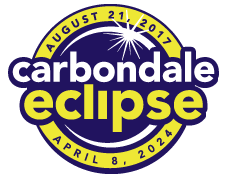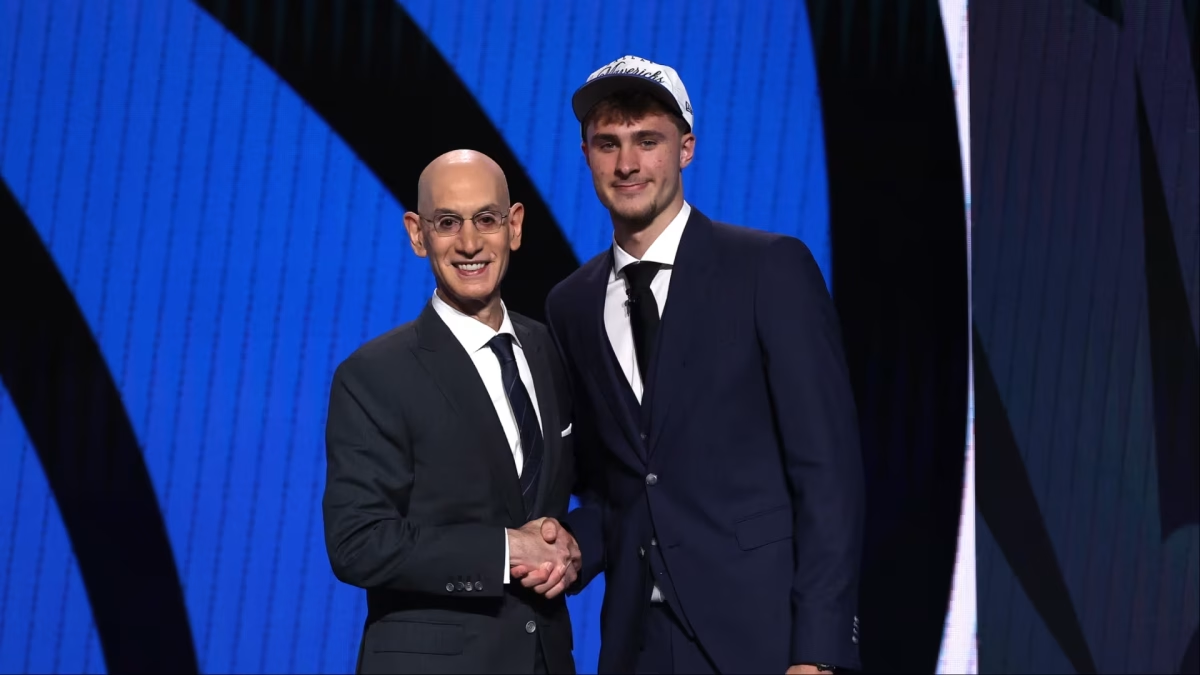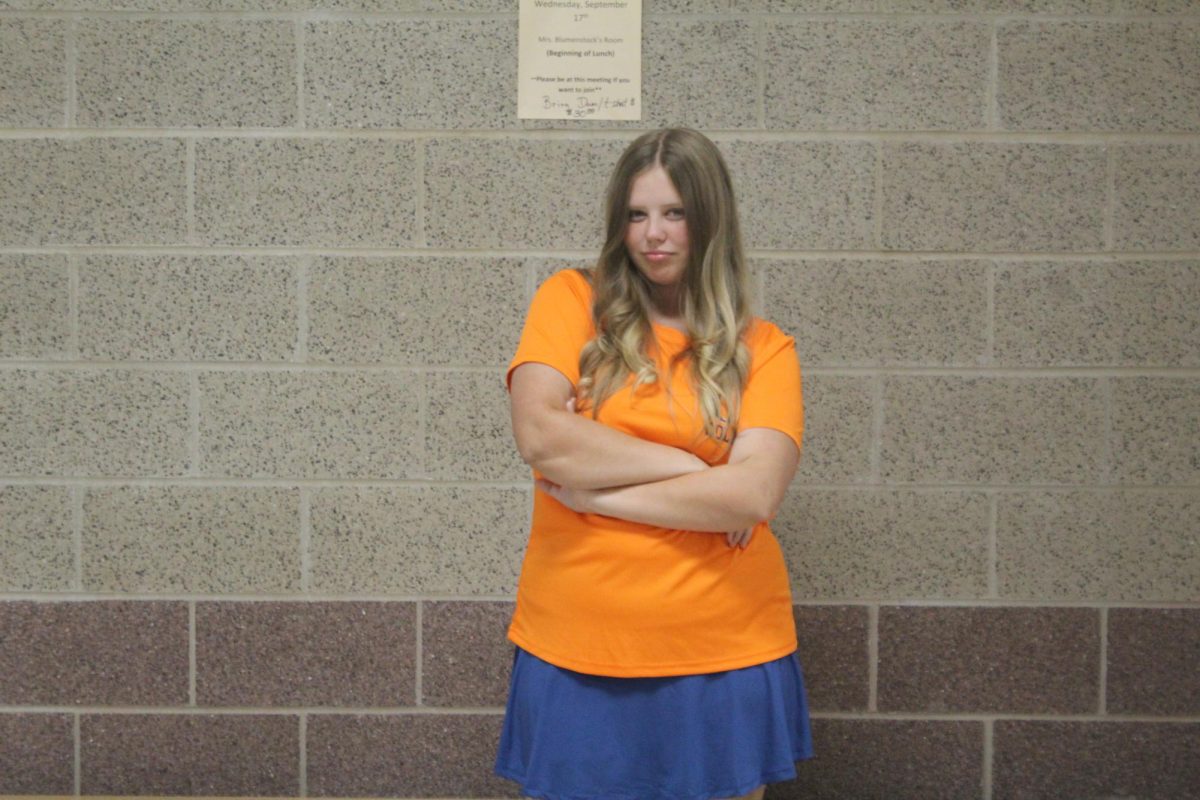The 20th Solar Eclipse to Occur in America
October 6, 2017
To understand a solar eclipse, one must know the basic definition of an eclipse. According to dictionary.com, an eclipse is, “the partial or total blocking of light of one celestial object by another.” An eclipse related to the sun or moon (a solar eclipse) can occur when the sun, moon, and earth are all three aligned.
On August 21, 2017, more than 50,000 tourists were expected to flood into the Carbondale area for the solar eclipse. There has not been a solar eclipse in America for twenty six years. The path of the eclipse was stretched from Oregon to South Carolina, but Carbondale, Illinois was the city with the greatest duration. The totality was said to have lasted longer in Carbondale than anywhere else. It was recorded to have lasted about two minutes and 40 seconds.
An eclipse has five phases. The first phase is first contact or the beginning of a partial eclipse. This is when the moon starts to block part of the face of the sun. After the first phase, the sky will continue to darken as the moon moves across the face of the sun. The second phase is when the entire face of the sun is blocked by the moon. If an observer is in the path of the umbra, they may be able to see Bailey’s beads and the diamond ring effect right before complete totality. Phase three is the most dramatic of all of the phases. Temperatures may drop as the sky darkens and animals become silent. Phase four occurs when the moon starts moving away from the sun and the sun reappears. Phase five is when the moon completely stops blocking any part of the sun and the sky lightens back up.
Many schools cancelled that day due to the expected traffic and lack of students who would be attending school that day because of the eclipse. A lot of people called off of work for the event and many others had previously scheduled off ahead of time. Family members came to visit from out of state and hotels were completely booked up all throughout Illinois.
When Jalynn Nix, travelling from Salem, Illinois to Carbondale, Illinois was asked about her and her family’s experience. While travelling to view the eclipse, she claimed “There was a lot of traffic. Usually it only takes us about an hour at the most to come from Salem to Carbondale, but the interstate was really backed up. Tony (Nix’s step dad) was looking to find backroads, but we were already in traffic.”
Tony added, “We didn’t figure we were about to catch a hotel. We left last minute, but there were several families who were letting visitors pay to stay in their homes while they were out. That’s what we did and it was pretty nice.”
If you missed the most current solar eclipse, you will have another chance to experience the phenomenon. According to NASA, the edge of the sun will remain seen as a bright ring around the moon from Northern California to Florida on October 14, 2023. Then, just a year after that in April, you could witness another total eclipse from Texas to Maine which will yet again include Carbondale.










